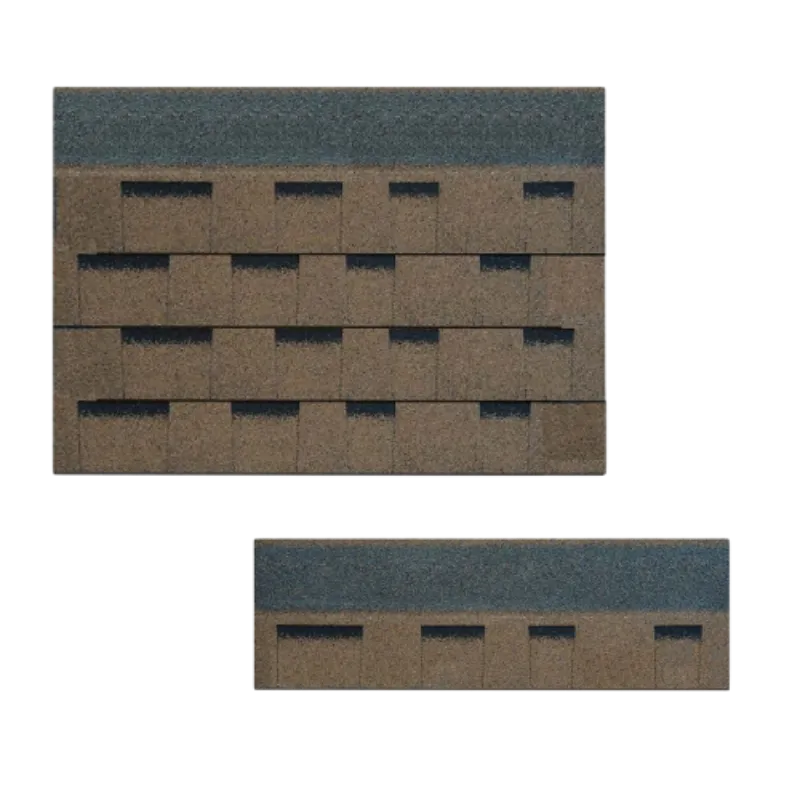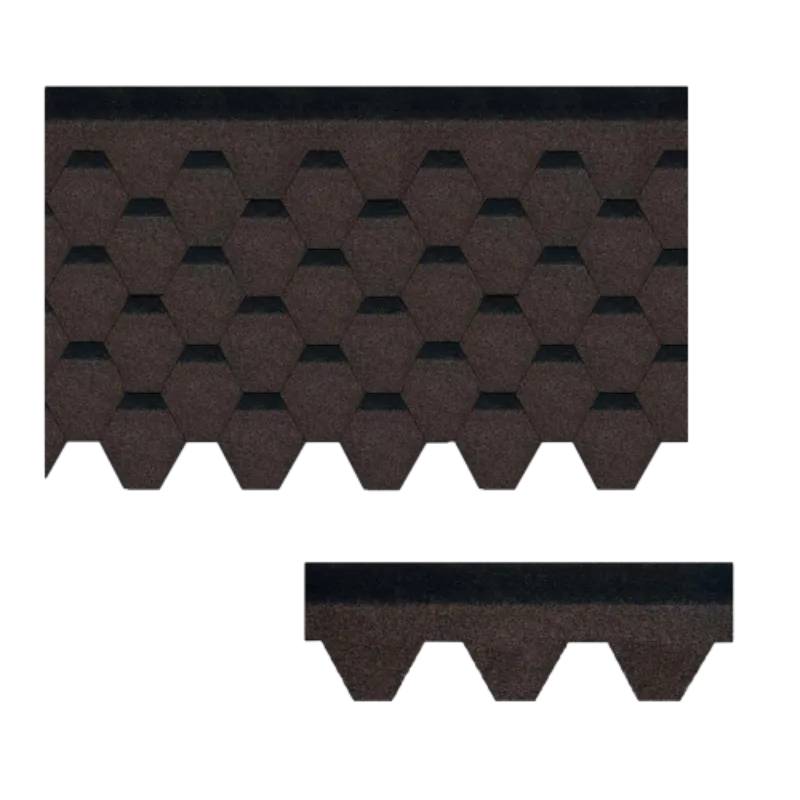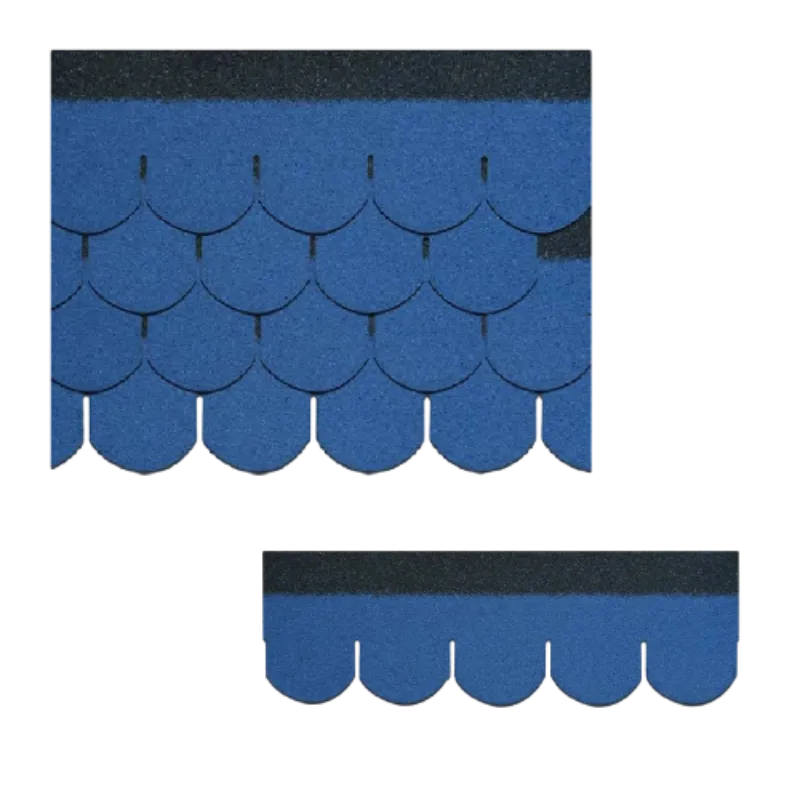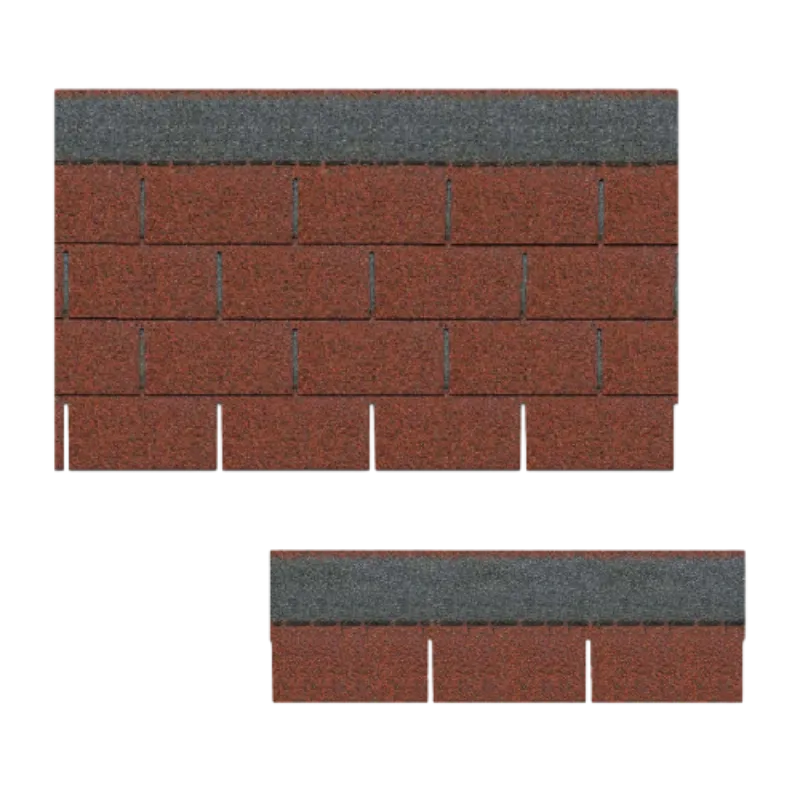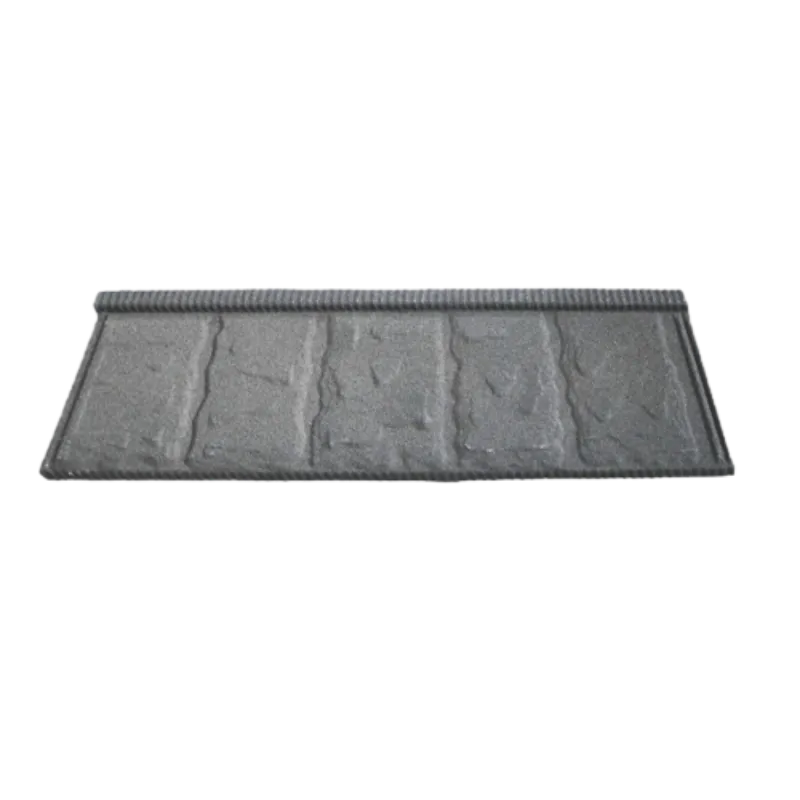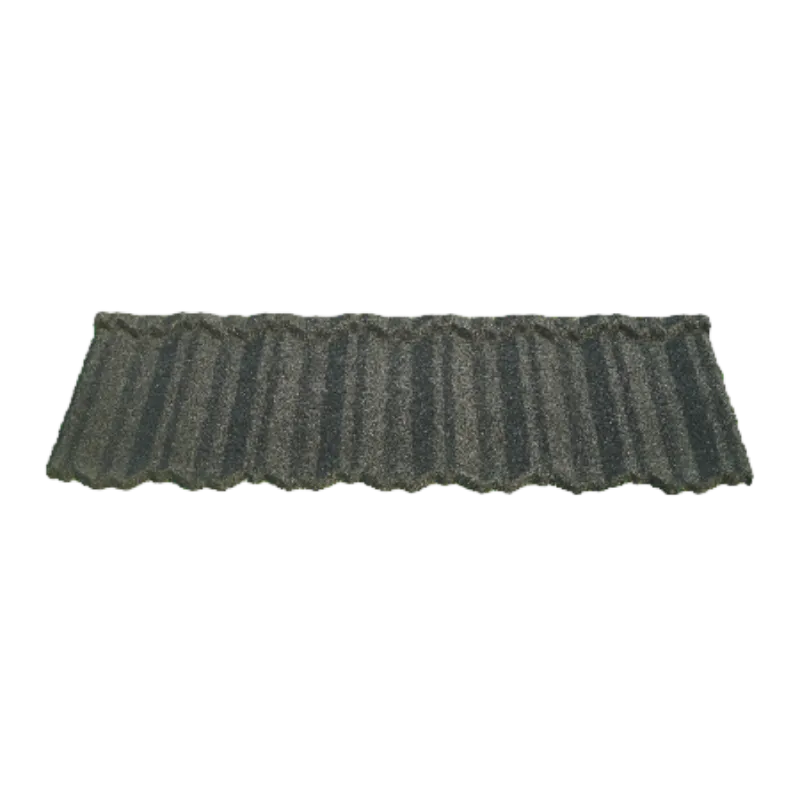
Nov . 13, 2024 07:07 Back to list
different types of clay tiles
Different Types of Clay Tiles Exploring Their Beauty and Utility
Clay tiles have been a staple in construction and design for centuries, cherished for their durability, aesthetic appeal, and versatility. From ancient civilizations to contemporary architecture, clay tiles have remained a popular choice for both functional and decorative applications. This article delves into the different types of clay tiles, highlighting their unique characteristics and uses.
1. Terracotta Tiles
Terracotta, which means baked earth in Italian, is one of the most well-known forms of clay tiles. These tiles are made from natural clay and are fired at a low temperature, resulting in a porous and rustic appearance. Terracotta tiles are commonly used for floors, walls, and roofs, adding warmth and charm to both indoor and outdoor spaces. Their earthy tones, ranging from red to brown, contribute to a cozy ambiance.
Terracotta tiles are often favored for their natural properties, as they are excellent for regulating temperature and humidity. However, their porous nature means they require sealing to prevent water damage and staining. Despite this, their easy maintenance and timeless look make them a popular choice for Mediterranean and rustic-style homes.
Glazed clay tiles are another popular option, known for their vibrant colors and glossy finishes. These tiles are coated with a glass-like glaze, which not only enhances their visual appeal but also makes them more resistant to moisture and stains. The glazing process allows for a wide range of colors, patterns, and designs, making them ideal for decorative uses in kitchens, bathrooms, and other areas where aesthetics play a significant role.
One of the key benefits of glazed clay tiles is their durability. The glaze acts as a protective barrier, making the tiles less prone to wear and fading over time. This makes them suitable for high-traffic areas and exterior applications. Additionally, the smooth surface of glazed tiles is easy to clean, enhancing their practicality in modern homes.
3. Porcelain Tiles
Porcelain tiles, a subtype of ceramic tiles, are made from refined clay and fired at higher temperatures than terracotta. This process makes them denser, less porous, and highly durable. Porcelain tiles come in a variety of finishes, including matte, polished, and textured, and can mimic the appearance of natural stone or wood, making them a versatile choice for various design themes.
different types of clay tiles
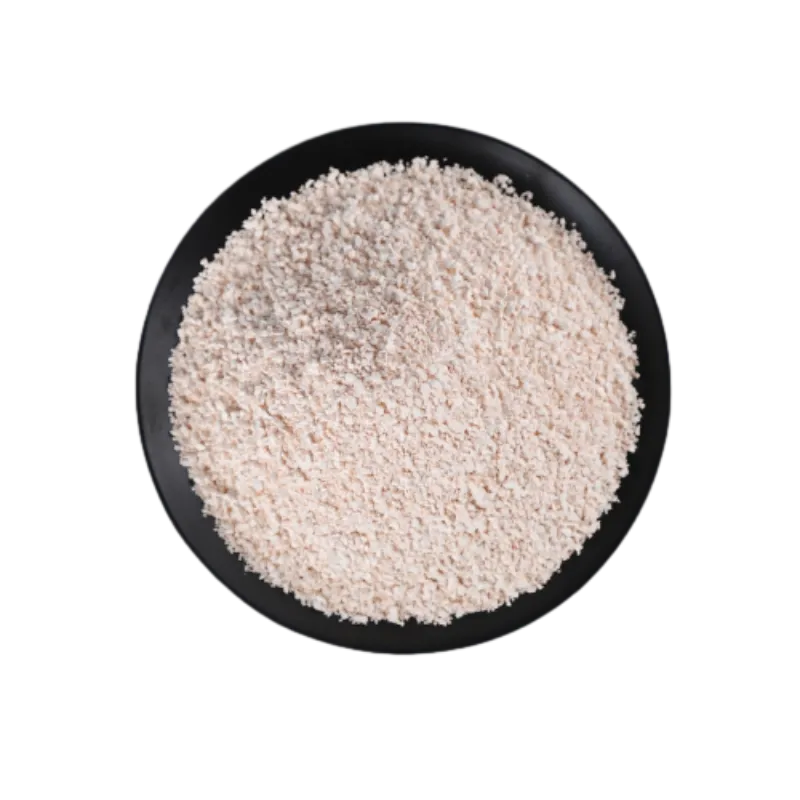
Their strength and low water absorption make porcelain tiles ideal for outdoor installations and areas exposed to moisture, such as bathrooms and kitchens. Furthermore, porcelain tiles are resistant to scratches and stains, ensuring they maintain their appearance over time. Their versatility and resilience have led to their increased popularity in modern interior design.
4. Saltillo Tiles
Originating from Mexico, Saltillo tiles are handmade terracotta tiles that are known for their unique, rustic charm. Saltillo tiles typically come in earthy shades of orange, brown, and red, showcasing the rich, natural qualities of clay. They are often used in hacienda-style architecture and can add a vibrant, warm touch to any space.
These tiles are usually unglazed, which contributes to their porous nature, making them comfortable to walk on in warmer climates. However, like terracotta, they require sealing to prevent staining and damage. Their handcrafted nature means that each tile is unique, adding character to any installation.
5. Mexican Talavera Tiles
Talavera tiles are brightly colored, hand-painted ceramic tiles that originate from Mexico. These tiles feature intricate designs and patterns, often inspired by traditional Mexican culture, making them perfect for decorative applications. Talavera tiles are commonly used as accents in kitchens, bathrooms, and patios, creating a vibrant focal point in any design.
Although they are not as durable as some other clay tile options, their visual appeal is undeniable. Proper sealing and care can help preserve their beauty for years.
Conclusion
In conclusion, clay tiles offer a diverse range of styles and functionalities, making them an essential element in both traditional and contemporary architecture. From the rustic charm of terracotta to the vibrant colors of Talavera, each type of clay tile brings its unique character and advantages to any space. Whether used for flooring, wall coverings, or decorative accents, clay tiles continue to be a cherished choice among designers and homeowners alike, providing both beauty and utility for generations to come.
-
Crest Double Roman Roof Tiles – Durable, Stylish Roofing Solution at Competitive Prices
NewsJul.08,2025
-
T Lock Asphalt Shingles Durable Roofing Solution for Long-lasting Protection
NewsJul.08,2025
-
Top Stone Coated Metal Roofing Suppliers & Manufacturers Durable Stone Coated Metal Tile Solutions
NewsJul.07,2025
-
How Many Bundles of Asphalt Shingles in a Square? Fast Roofing Guide & Tips
NewsJul.07,2025
-
How Long Should a Cedar Shake Roof Last? Expert Guide & Replacement Options
NewsJul.06,2025
-
Premium Expensive Shingles Enhance Your Roof with Lasting Durability and Style
NewsJul.06,2025


